We rank the highlights of Montenegro, from tourists hotspots to undiscovered gems.
Photo by amira_a
Montenegro is small, but it has a growing reputation. The country became independent in 2003, and in recent years an increasing number of visitors have been wowed by its heady combination of Mediterranean and Balkan. However, there is lots of Montenegro left to discover. Tourists usually head for the coast, but inland is home to glorious nature: mountains, forests, lakes, and more. The Great Balkan Ride minimal assistance rally passes through the North, where teams will be drive winding roads, admire majestic views, and stay in the highest town in the Balkans. Here are the highlights of Montenegro, from thriving coastal resorts to stunning, underrated, national parks.
The Coast
![]()
Most tourists in Montenegro stick to the coast. Although they are missing out on a lot, it is understandable. As coasts go, Montenegro’s is hard to beat. It’s like another Italy, and for a long time much of this area did actually belong to the Venetian empire. There are glorious beaches, warm waters, great food, and historic remains. Ulcinj, in the South, is the gateway to Albania. The highlight, though, is Budva, pictured above, which combines a picturesque old town with a beach party scene so thriving it’s often called the “Montenegrin Miami”. If it’s just sun and sand you want, come here, but this is hardly undiscovered Montenegro.
Bay of Kotor

While Budva could be another Italian town, the nearby Bay of Kotor is like nowhere else on earth. Perhaps the Norwegian fjords are the closest comparison, but Scandinavia can’t compete with Montenegro’s Mediterranean climate. Swim in the pristine blue water or hike to the top of the rocky cliffs for majestic views. The bay is dotted with medieval towns, the highlight of which is Kotor itself. Here you can walk among the churches and cafes of the old gorgeous old town, clamber up to 13500 stairs to the ruined castle, or party in the bars and clubs which every summer attract hedonists from all over the Balkans. Kotor is unmissable, but no longer undiscovered.
Tara (and Trains)

Traditionally, if visitors were attracted to more Northern parts of Montenegro, there was only one reason: trains. The journey from Belgrade, capital of Serbia, to Bar, seaport on Montenegro’s coast, is one of the most spectacular railway journeys in Europe. In less than 500km you cross over 400 bridges, including the Mala Rijeka Viaduct, once the highest railway bridge in the world, and the Đurđevića Tara Bridge, pictured, an outstanding way to cross the Tara River Canyon. Of course, at Travel Scientists we think it’s far more exciting to drive through this area; that way you’ll have more time to enjoy the beauty of the Tara river, at 1300m one of the world’s deepest canyons, and very popular for rafting. The train track doesn’t qualify as undiscovered, but some of the nature it passes certainly does.
The Capital: Podgorica
![]()
Of all the countries in the Balkans, no country’s capital is less heralded than Podgorica. It doesn’t have the beauty of Sarajevo, the party scene of Belgrade, or even the history and atmosphere of smaller Balkan cities like Mostar and Prizren. It also lacks the impressive collection of museums found in Montenegro’s picturesque former capital Cetinje. However, lack of tourists and low expectations means Podgorica maintains the power to surprise. The city, known as Titograd in Yugoslav times, has been controlled by various foreign powers throughout its history, including the Romans, Turks, and Austro-Hungarians: though these empires destroyed more than they built, some evidence of their presence can still be felt. The city is surprisingly green, with several parks, and culturally interesting, thanks to a thriving contemporary art scene. Most of all though, it’s a friendly place, untouched by tourism, and a great time can be had in the city’s many cafes and underground bars. It might not be a match for the nation’s nature, but Podgorica is undeservedly undiscovered.
Durmitor and the Black Lake

Now we’re reaching the really good stuff, the stunning nature which should be the highlight of any visit to Montenegro: relatively undiscovered, but dying to be explored. And, luckily, this is what we see on the Great Balkan Ride. Pictured above is the black lake, which sits at the heart of Durmitor National Park. This area is home to dramatic mountains, vast canyons, and splendid lakes, known as “mountain eyes”. It’s also an incredibly entertaining area in which to drive, so long as you have the stomach for winding roads and steep climbs. Right in the center of the National Park is Zabljak, the highest town in the Balkans, and where our rally will stay for a night.
Lake Skadar National Park

On the border of Montenegro and Albania is the largest lake in Southern Europe, Lake Skadar, though known variously as Lake Shkodër, Lake Skhodra, and more. Two-thirds of its area is in Montenegro, but this is arguably the more undiscovered section. The Great Balkan Ride stops for a night on the Albanian side, in the town of Shkodër, for which the lake is named. The whole area is serene, with myriad species of flora and fauna, and gorgeous scenery. Pictured above is the view from the village Rijeka Crnojevica, undoubtedly an undiscovered gem of the Balkans. Visit before resort developments ruins (or at least bring more people to) this gorgeous spot.
Biogradska Gora National Park

This is the true undiscovered Montenegro, and an absolutely paradise, particularly if you love trees. This area, in the North-East of Montenegro, features one of only three remaining primeval forests in Europe: here you can find trees more than 500 years old. The area is green, isolated, and you can also find amazing glacial lakes (see the featured photo at the top). Experts in wildlife will recognize rare flowers amid the towering woods, but even for nature novices, this is an undiscovered area that needs to be seen.
Valleys, Mountains, and more!

Montenegro may be one of the smallest countries in Europe, but that doesn’t mean there isn’t plenty left undiscovered. Pictured above in the majestic Ropojana Valley, found near the border with Albania. This is nearby the Prokletije, the “Accursed Mountains”, sometimes known as the Albanian alps, found at the meeting point of Montenegro, Albania, and Kosovo. Unsurprisingly for a country known as black mountain (this was originally Venetian, but the local term Crna Gora has the same meaning), Montenegro is home to various impressive peaks and breathtaking mountainous terrain. Really, the entire country is a nature lover’s paradise. Visit and see for yourself, with the Great Balkan Ride!
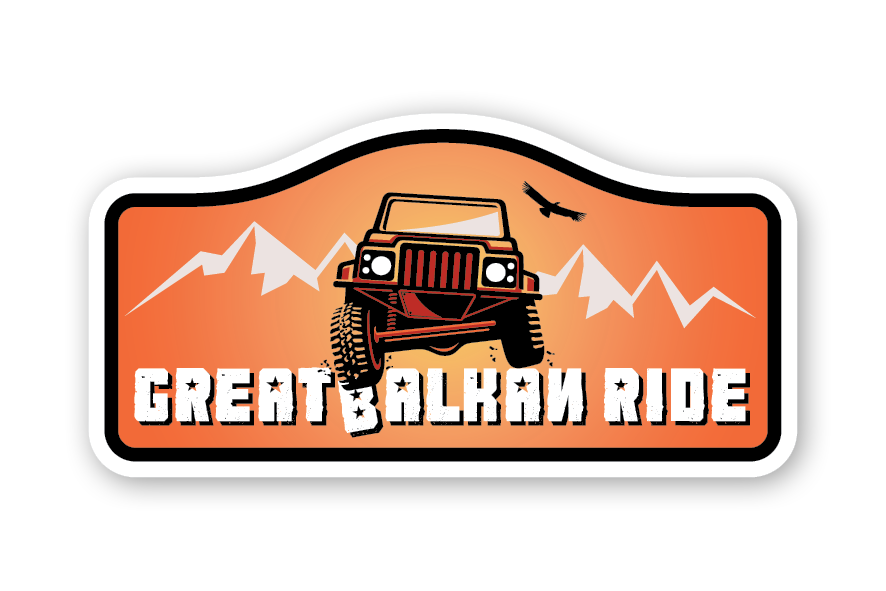
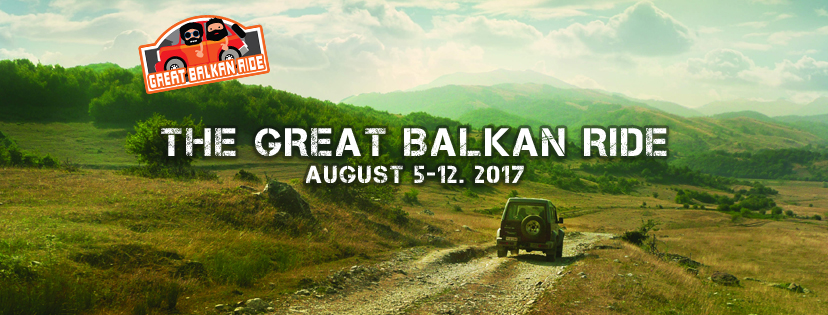
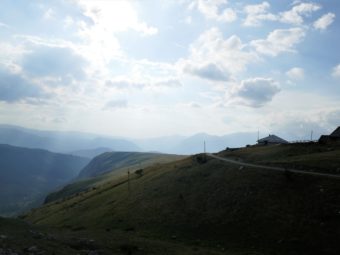
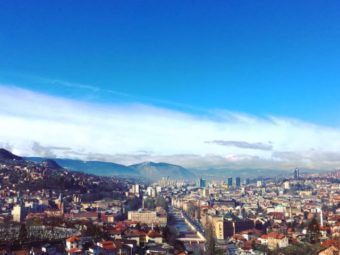
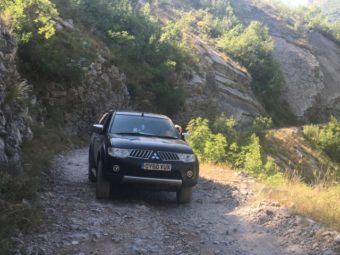
Leave a Reply